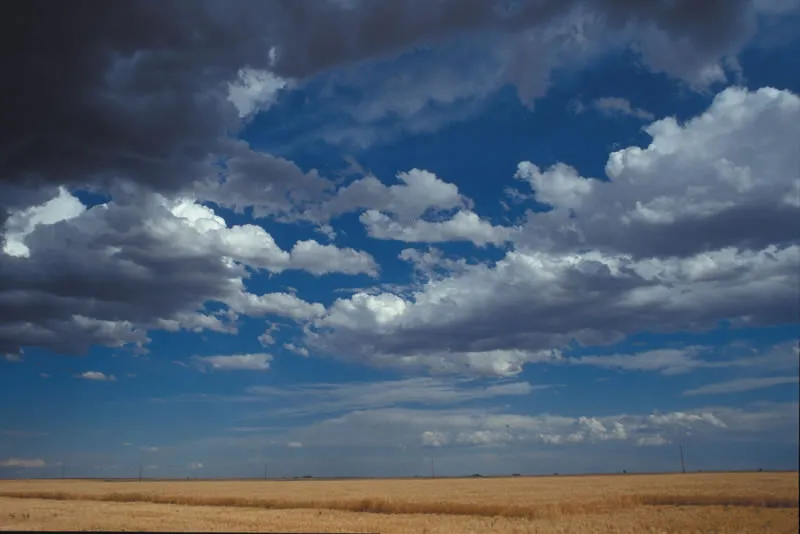Clouds, Precipitation, and Climate Change
Evaporation, Precipitation and Climate Change
Rising global temperatures are likely to accelerate evaporation rates worldwide. So more evaporation is likely to lead to more rainfall, in a globally averaged sense. Many scientists speak of a "spun up" water cycle as a result of global warming; meaning there would be more water cycling through the atmosphere as a result of the increased precipitation rate.
There is no guarantee, however, that these increased evaporation and precipitation rates will be distributed evenly worldwide. Some areas may experience floods, and other areas droughts, as the traditional locations of rain belts and deserts shift in response to a changing climate. Some climate models predict that coastal regions will become wetter and the middle of continents will become drier. Also, some models forecast more evaporation and rainfall over oceans, but not necessarily over land.
Warmer temperatures and increased carbon dioxide levels may encourage plant growth in many regions. Increased transpiration, the release of water into the air by plants as a result of photosynthesis, would be likely in such a scenario. Uptake of water from the soils by plants would also need to increase if there were more plants, or if plants began to grow more rapidly.
Clouds and Climate
Different types of clouds have different affects on the Earth's climate. While some types of clouds help to warm the Earth, others help to cool it.

Stratus clouds: A thick, low grey blanket, stratus clouds block sunlight from reaching the Earth like an umbrella and thus have a net cooling effect.

Cirrus clouds: Wispy high clouds as much as 20 kilometers above the Earth's surface, cirrus clouds let most sunlight pass through but may trap heat from getting out of the Earth system. Therefore, they have a net warming effect.

Cumulus clouds: With sharp edges and a cotton ball appearance, cumulus clouds can block sunlight from reaching the Earth surface.
As climate warms, the amount of each cloud type is also changing. Because different clouds have different impacts on climate, the clouds could have a different impact on climate as Earth continues to warm. According to model results, clouds will likely amplify climate change in the future. This is called a positive feedback. For example, if a warming climate causes more clouds that trap heat, this can cause even more warming. Positive, in this case, does not mean “good,” it means that the problem of climate warming is compounded. Because this use of language can be confusing, a positive climate feedback is sometimes called a “vicious cycle.”